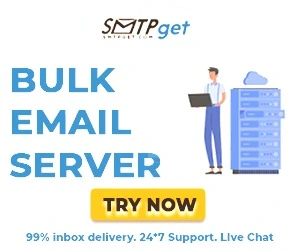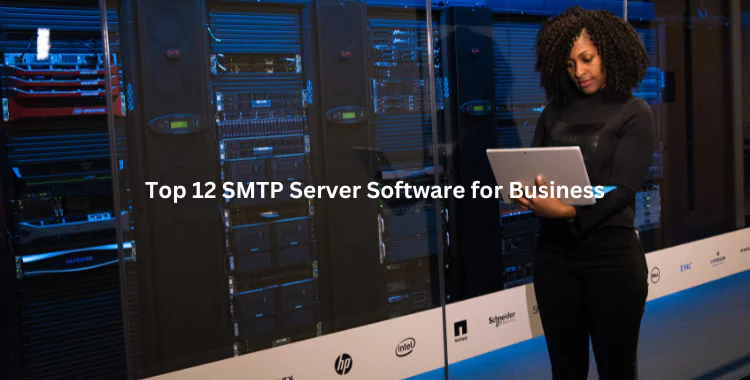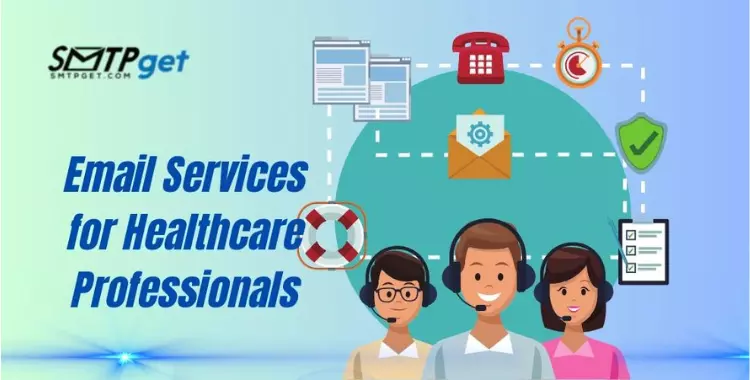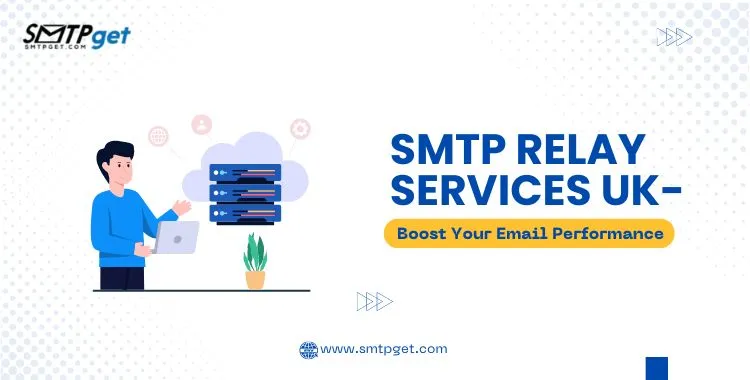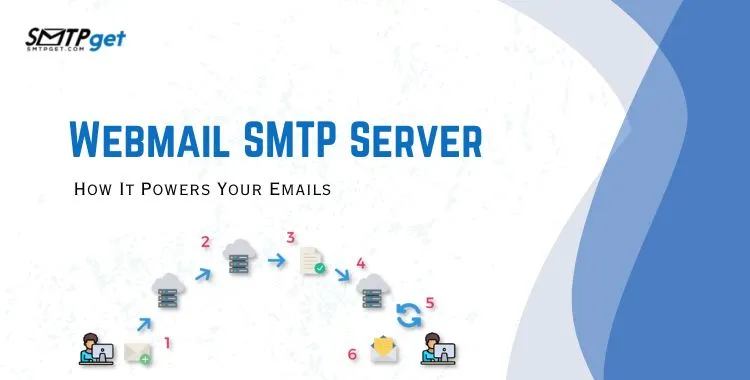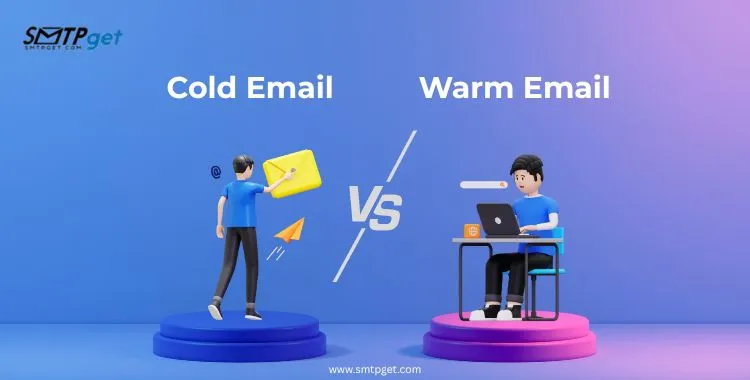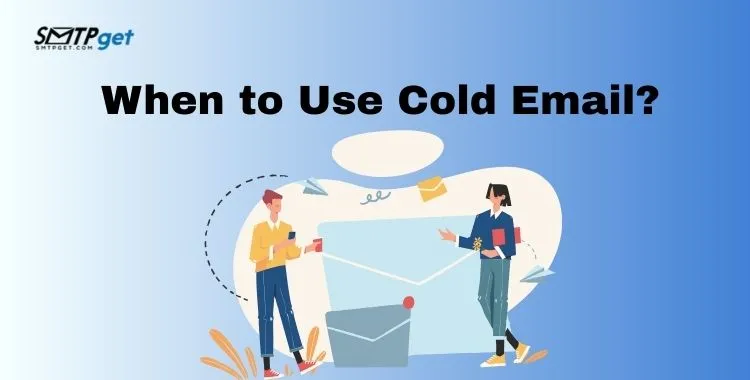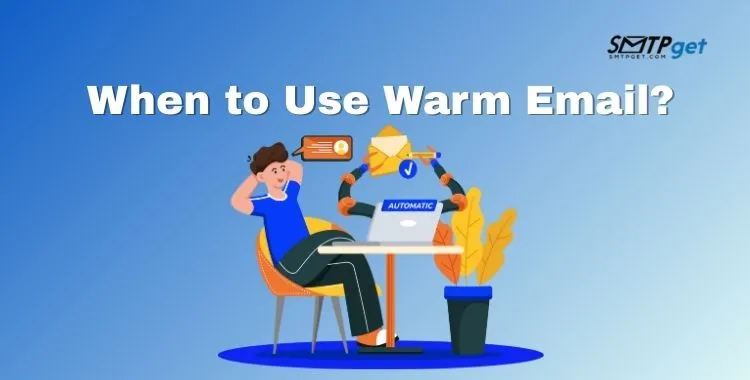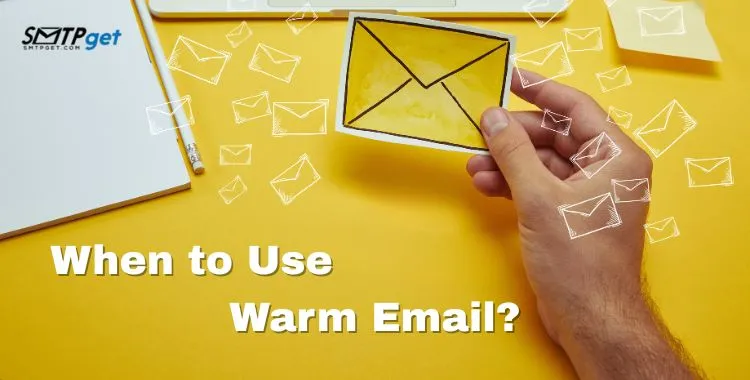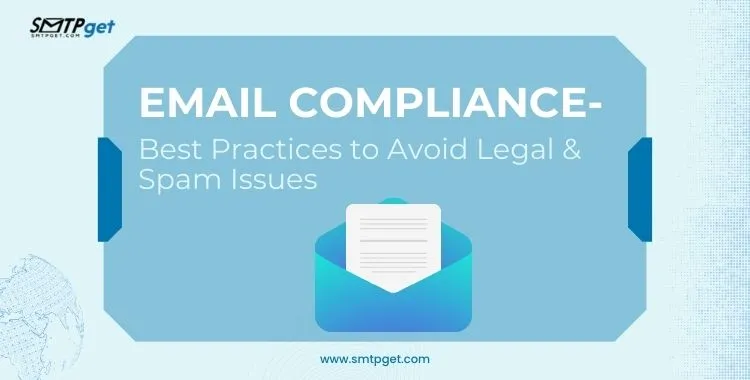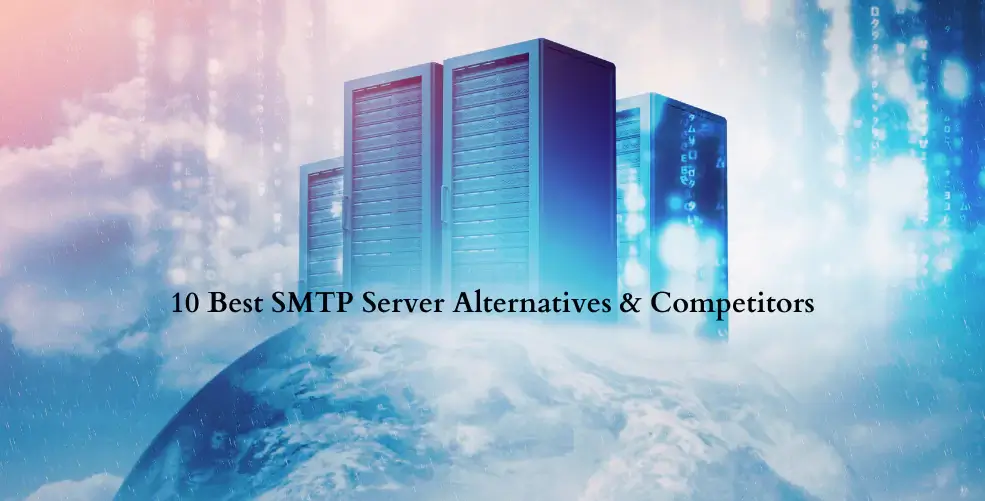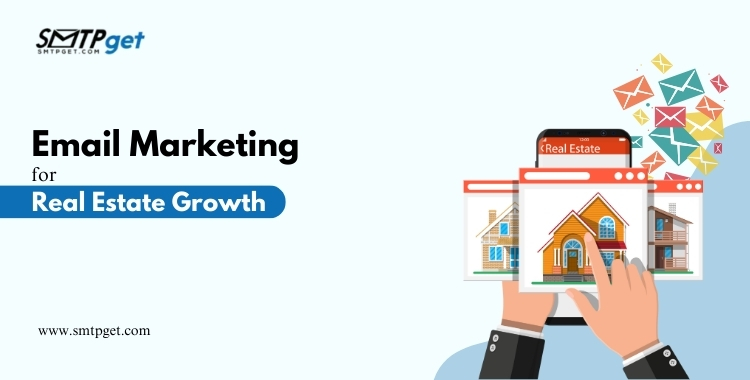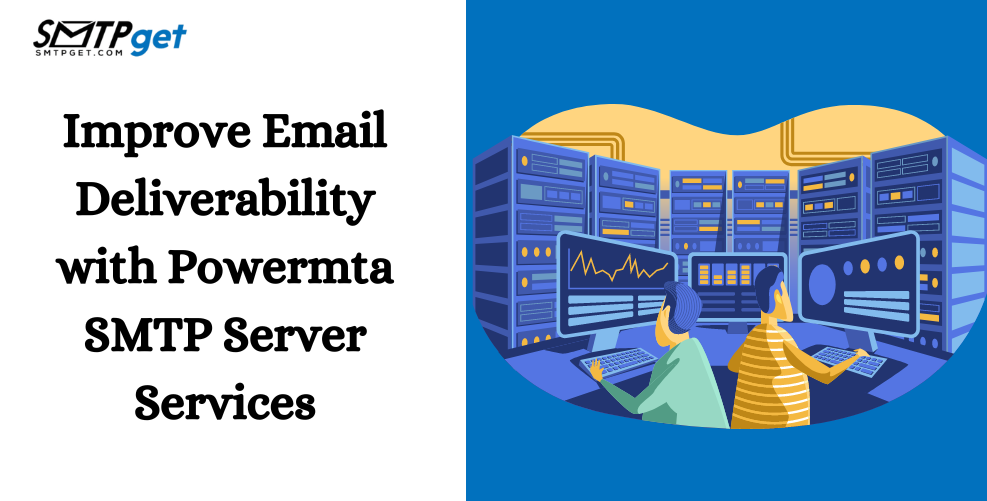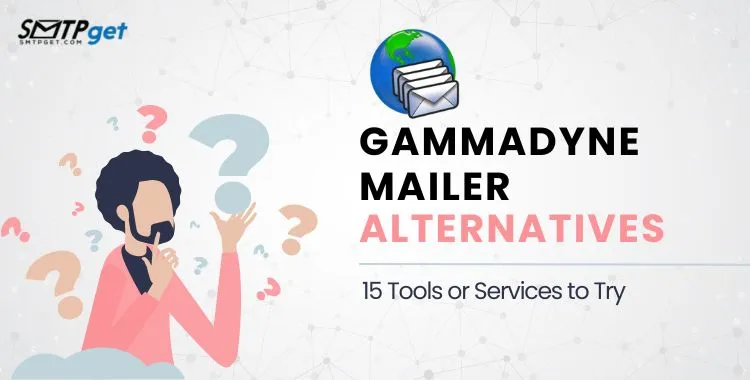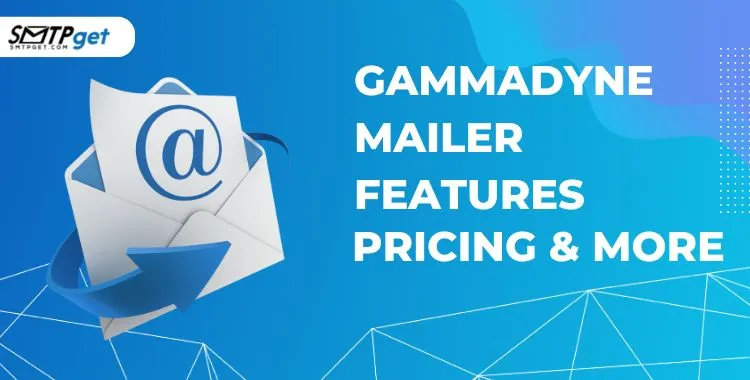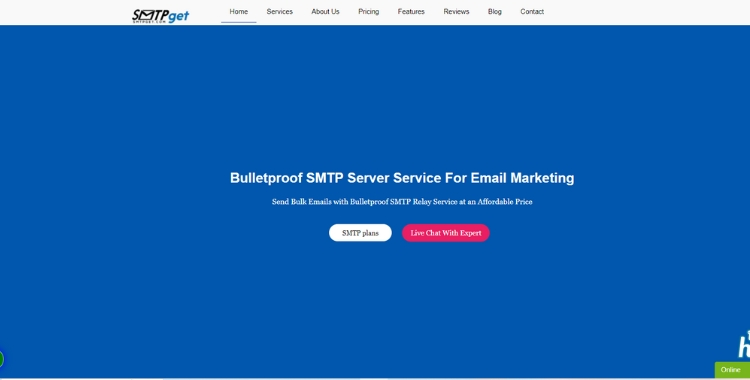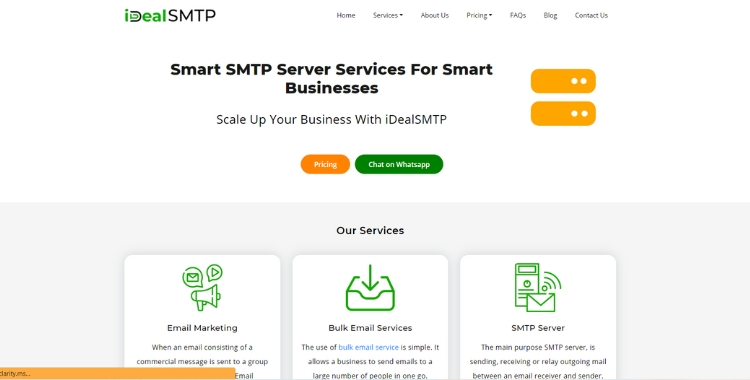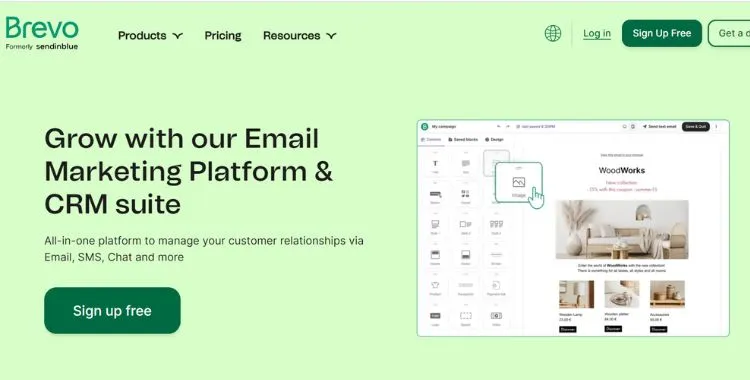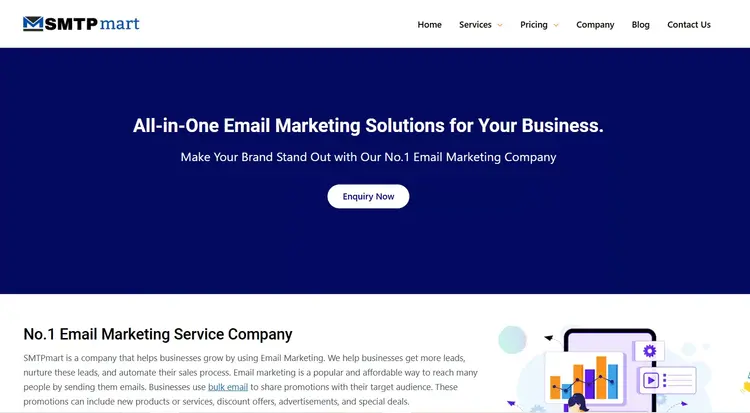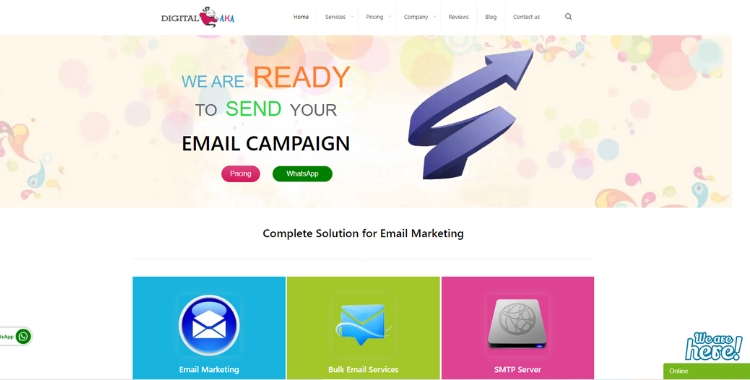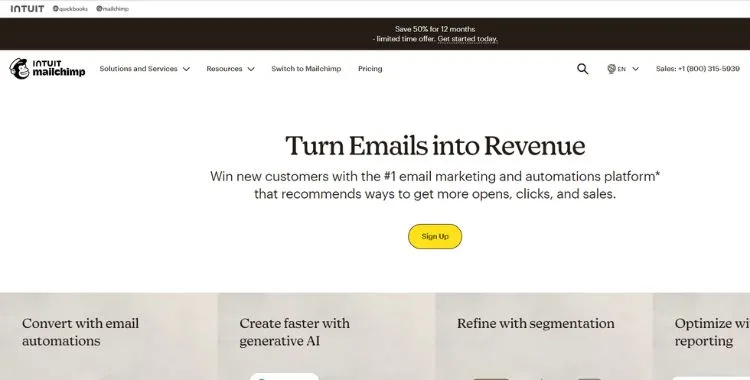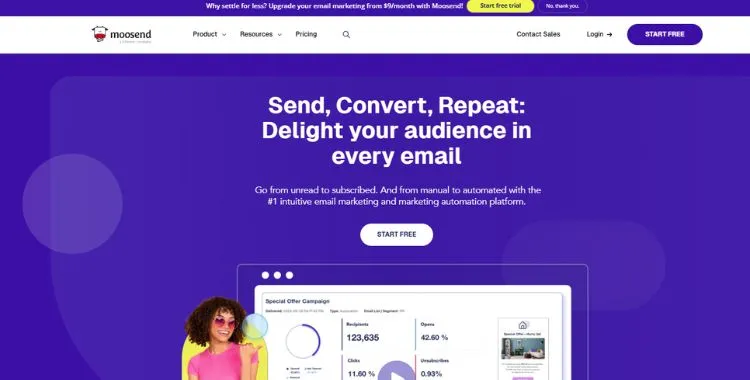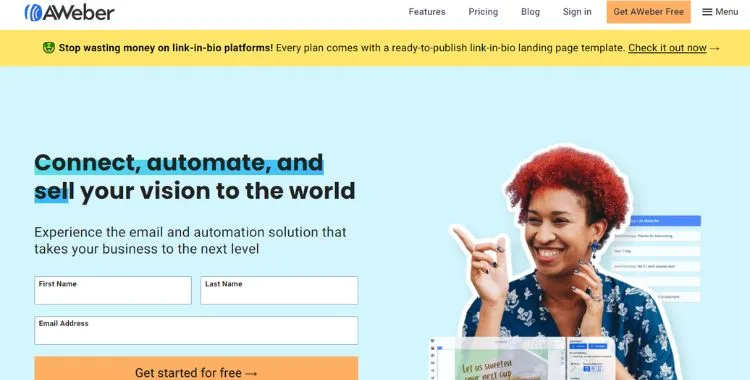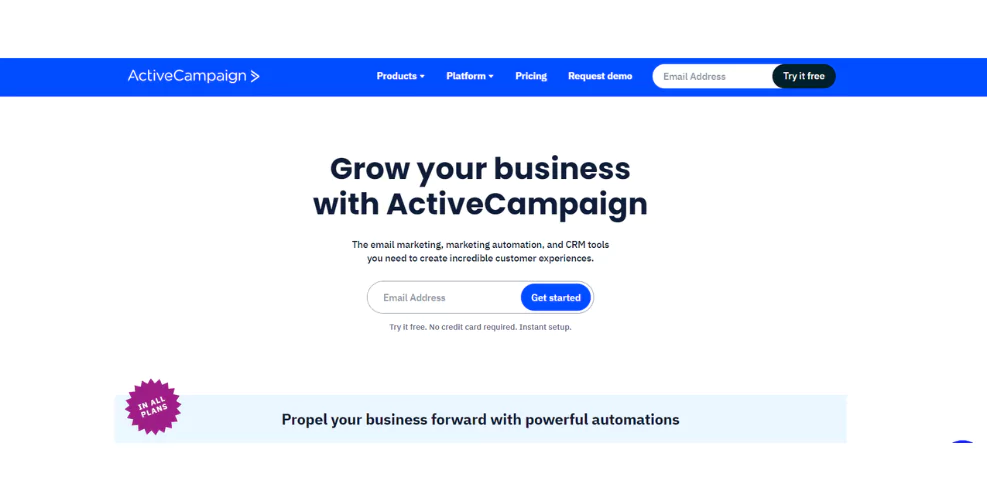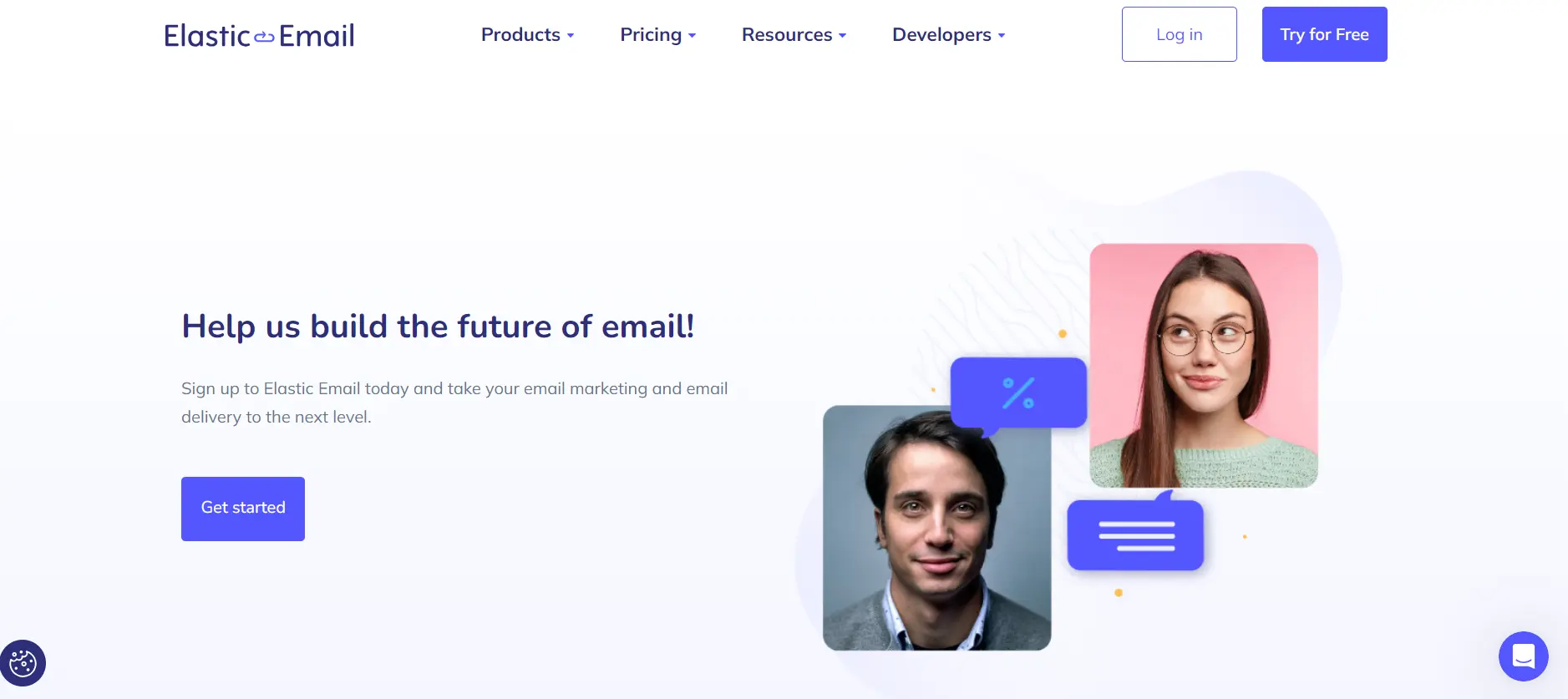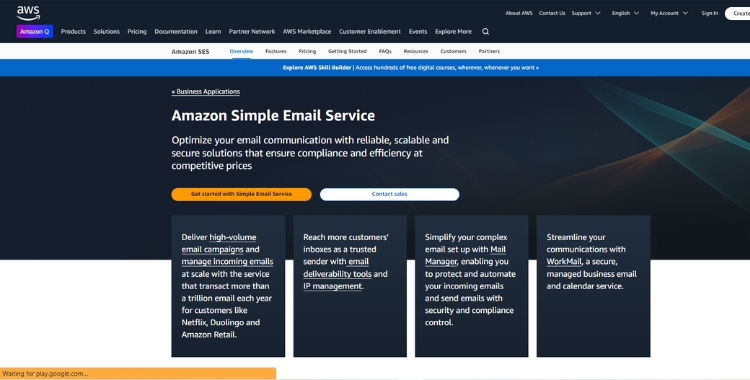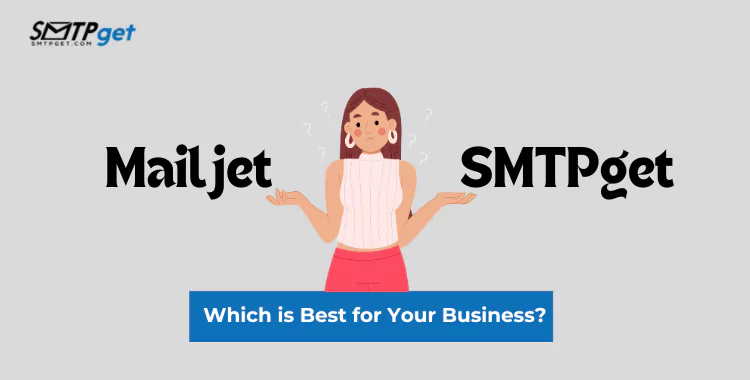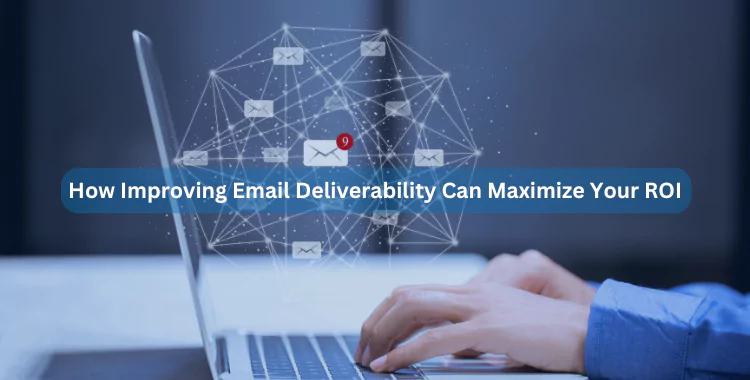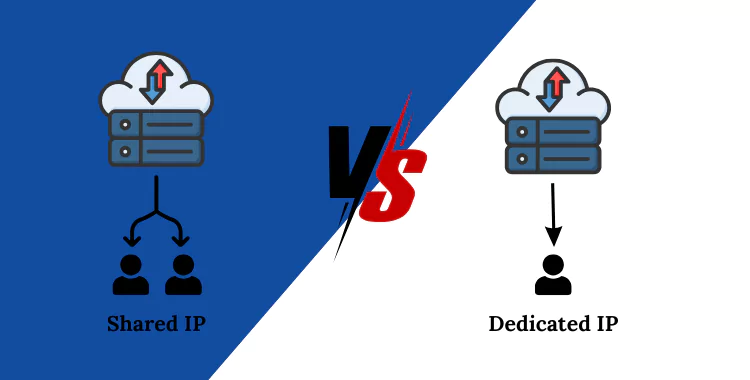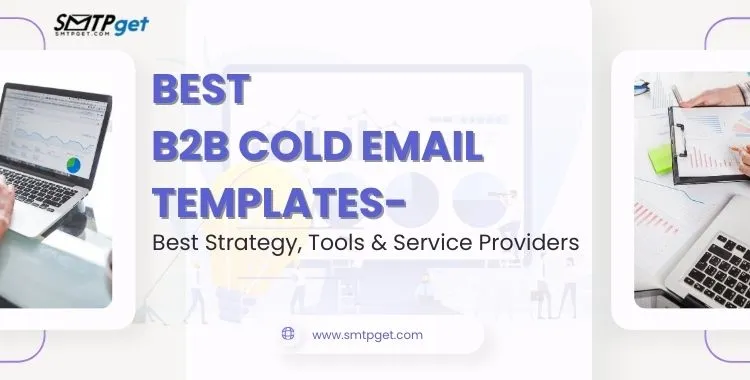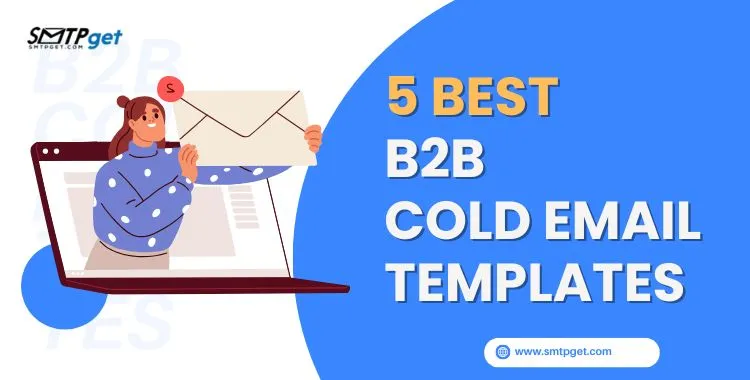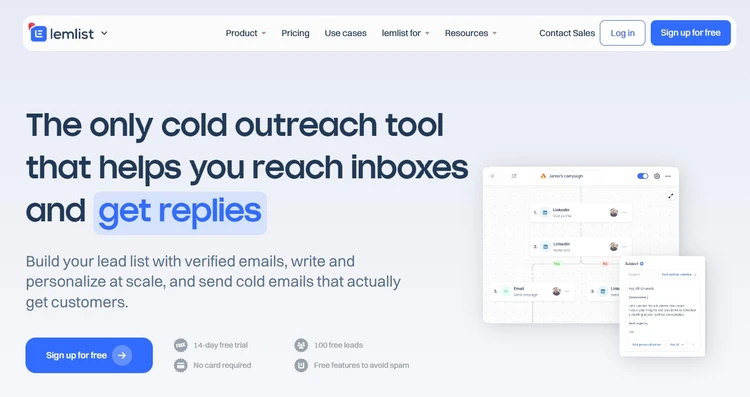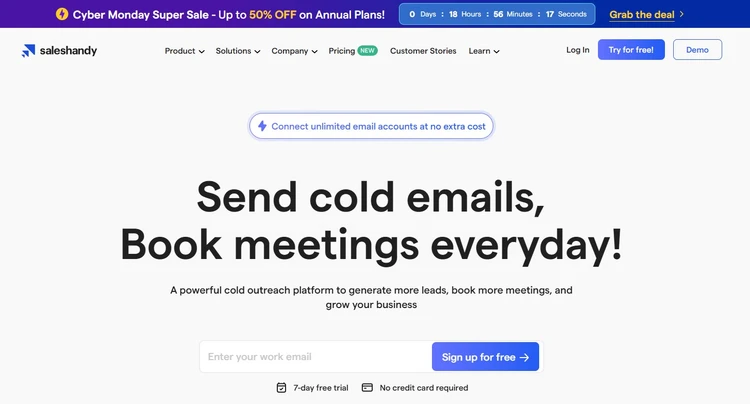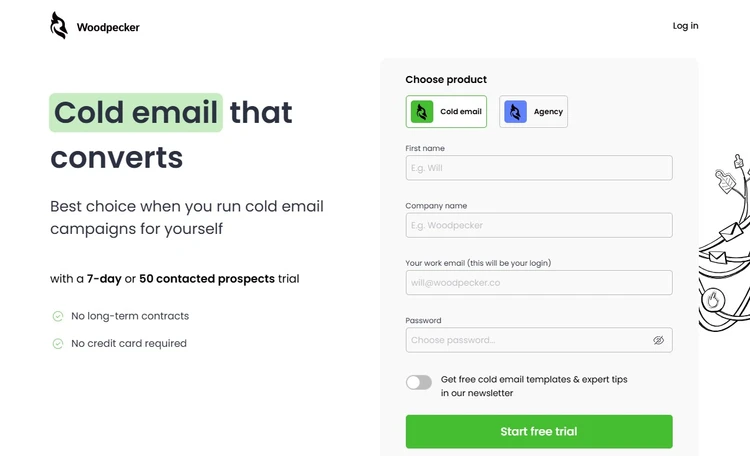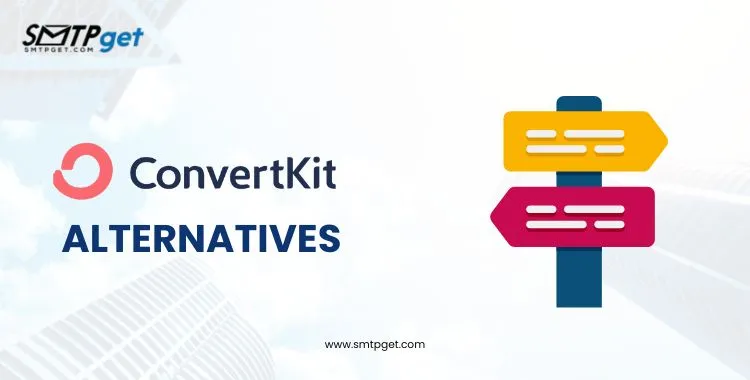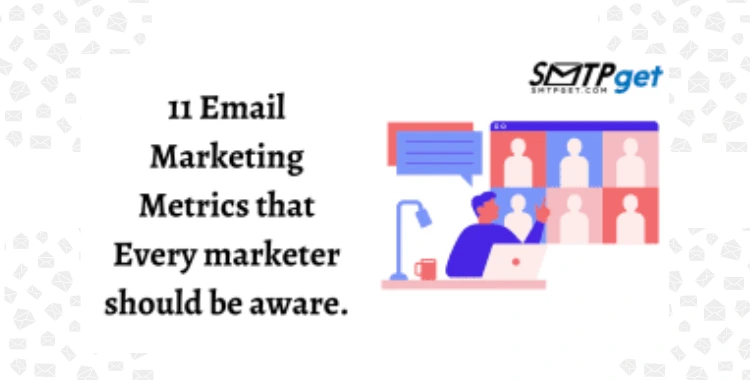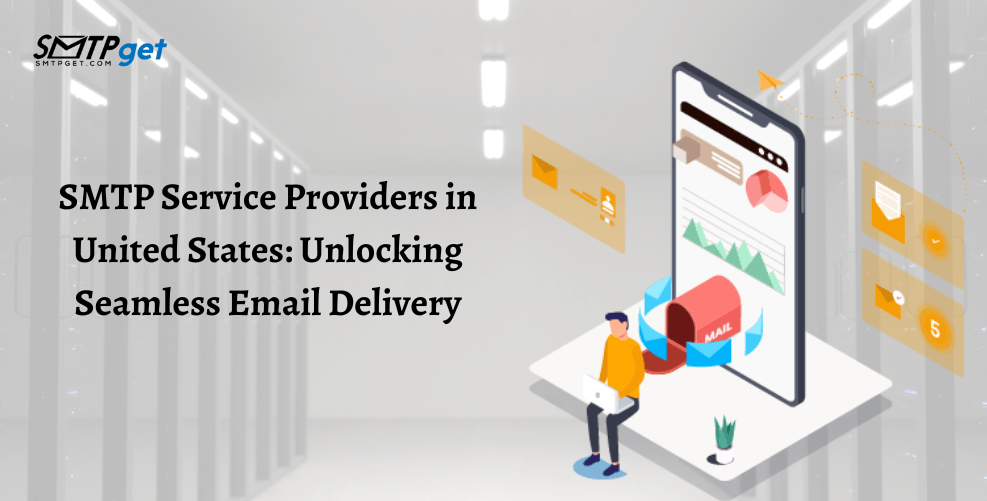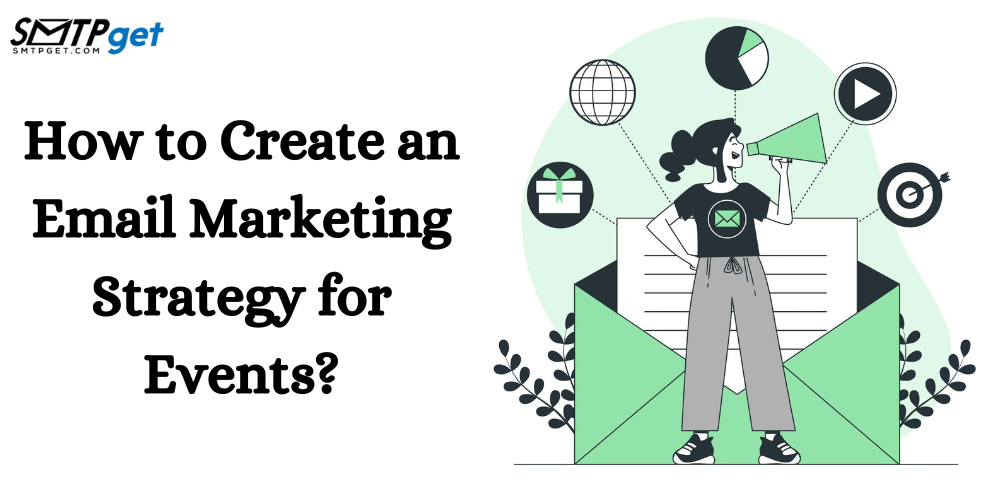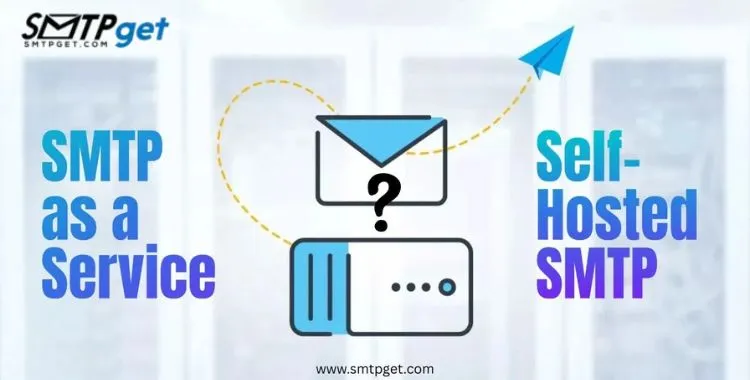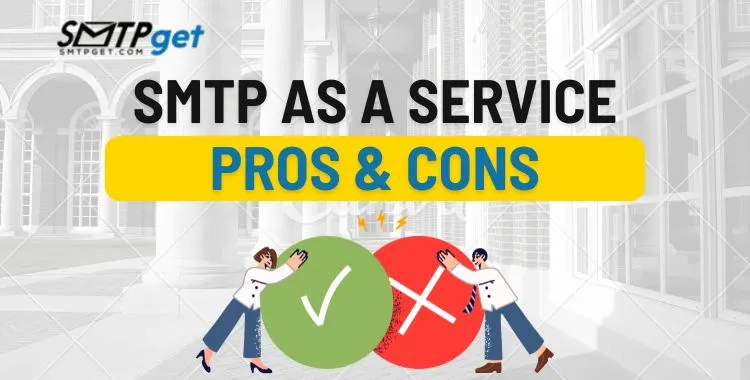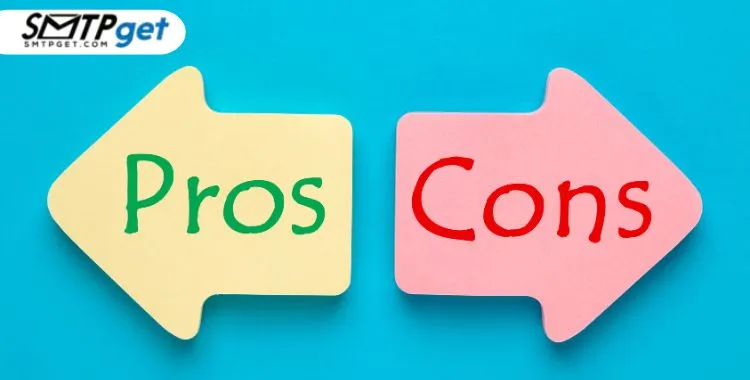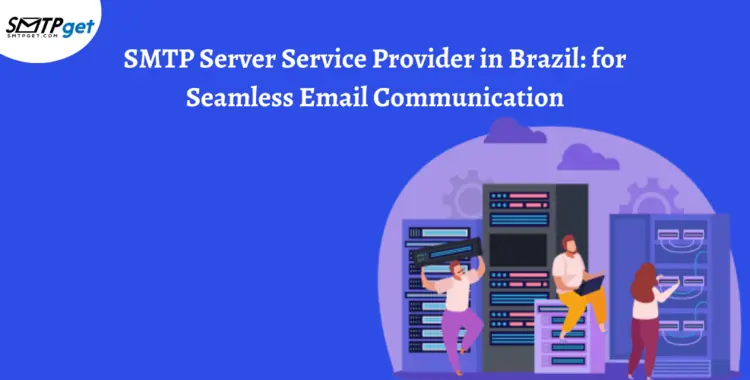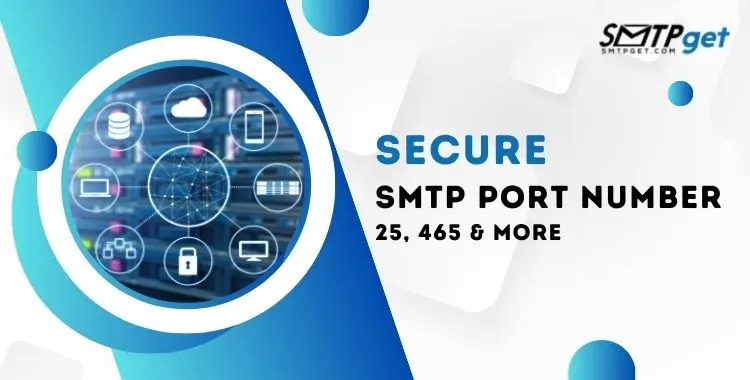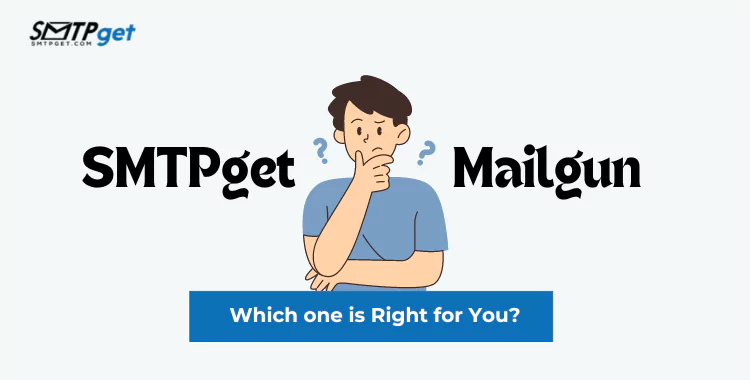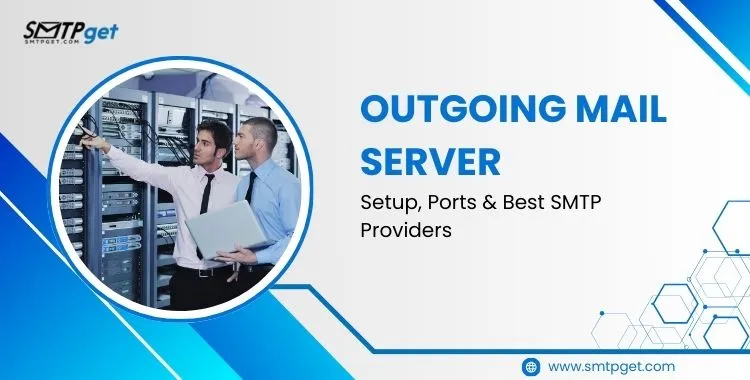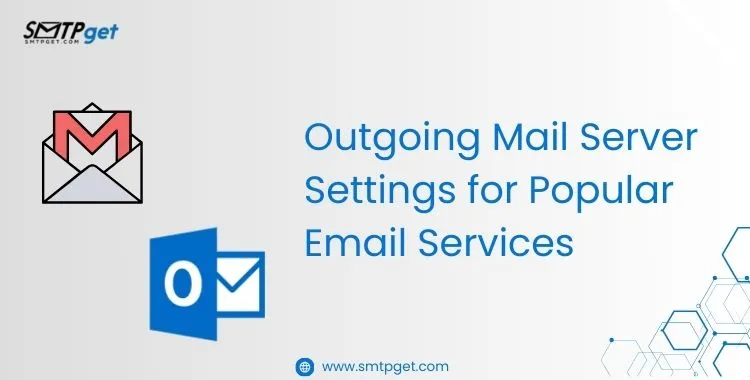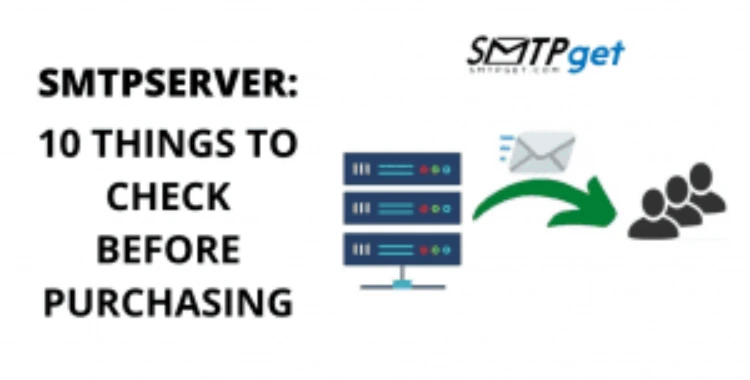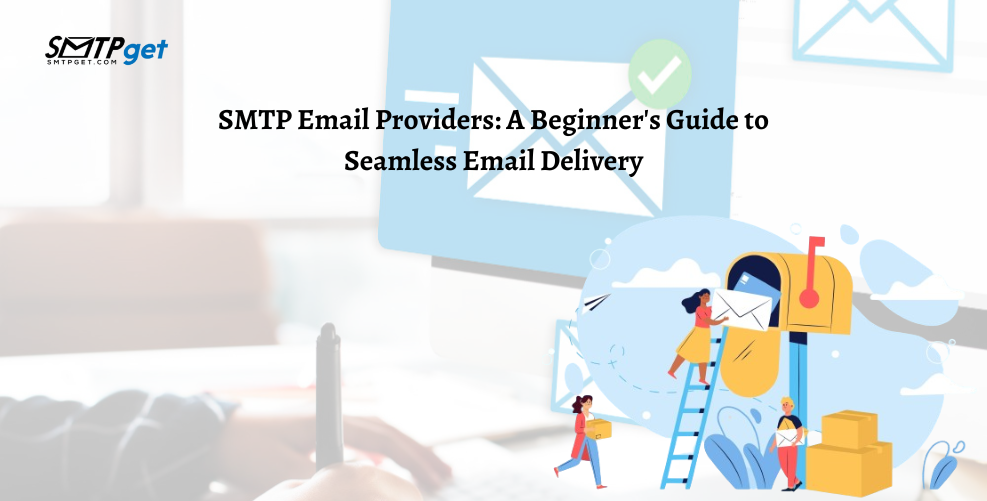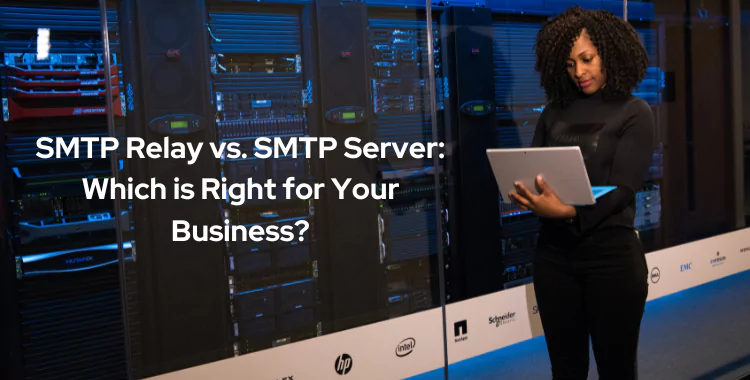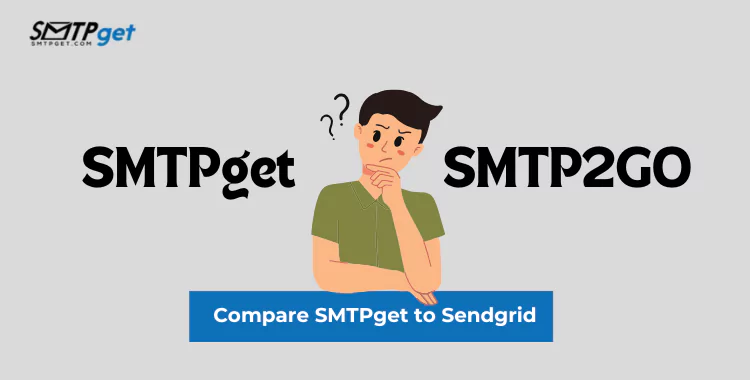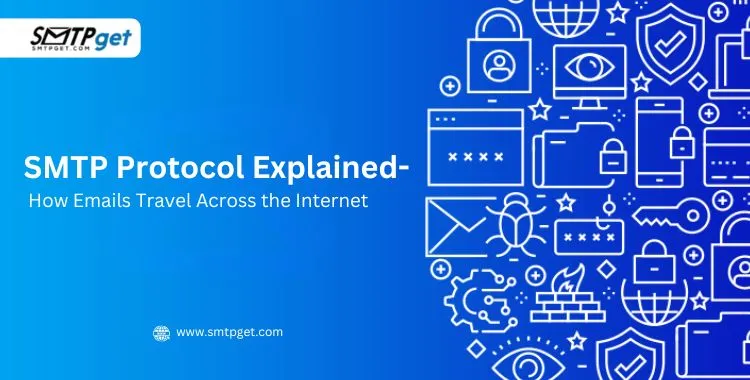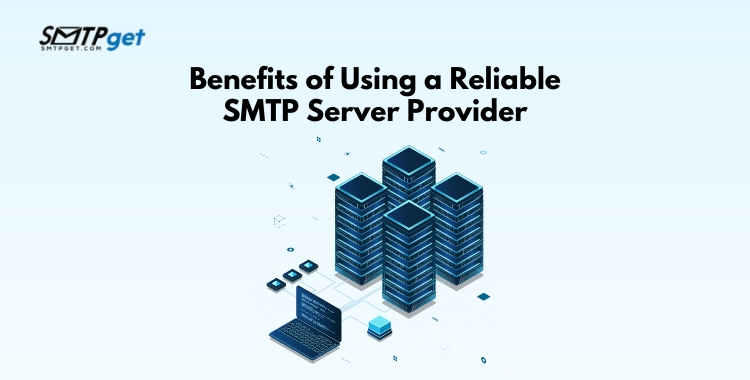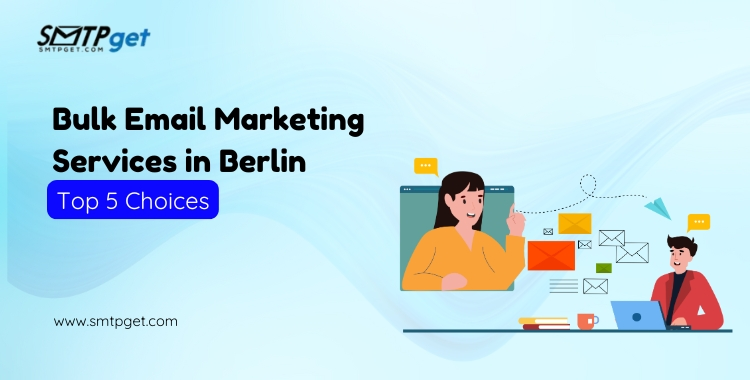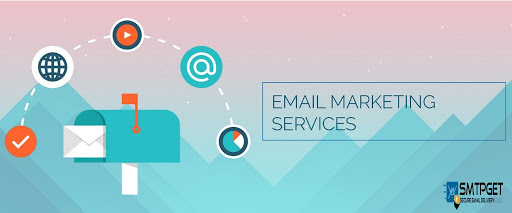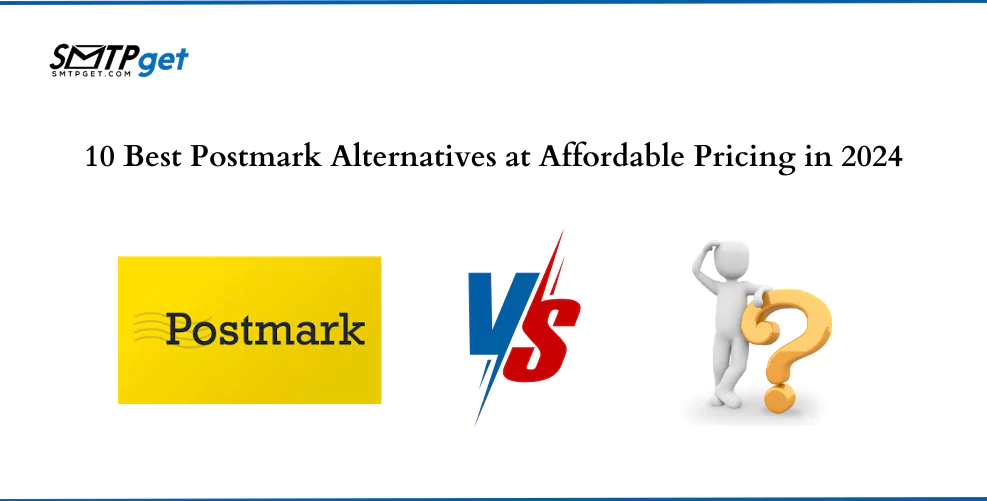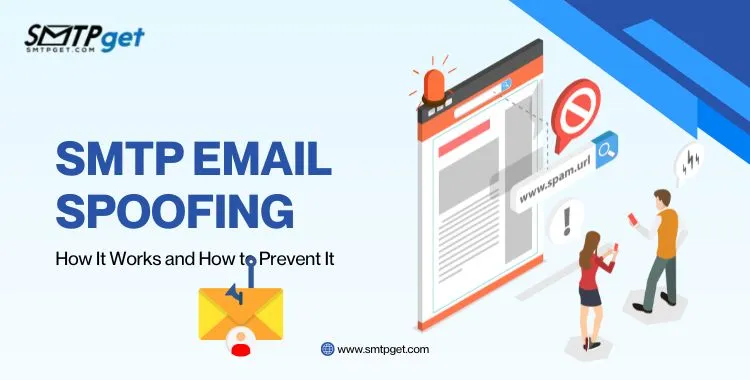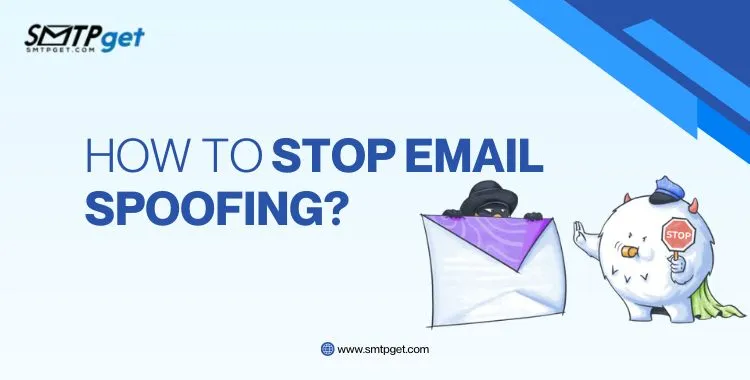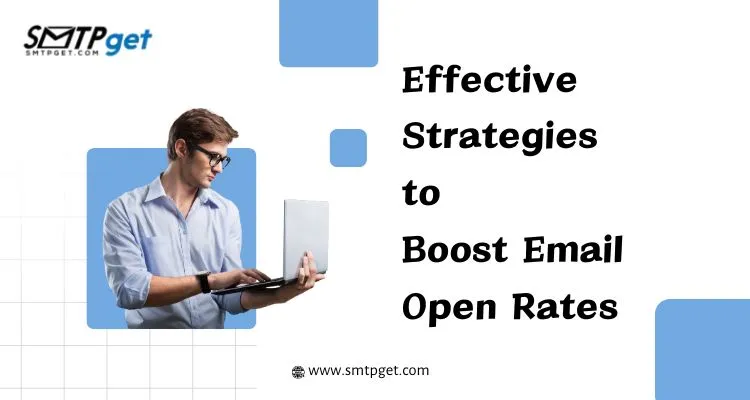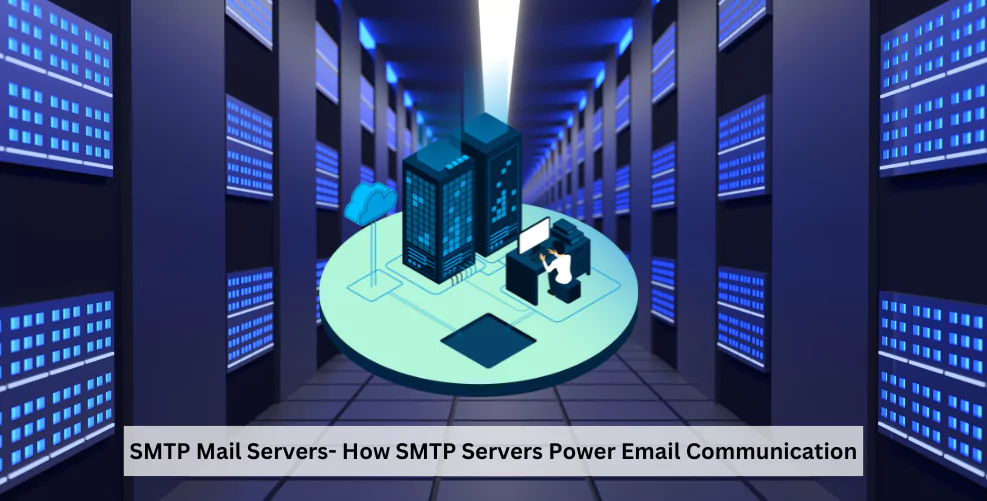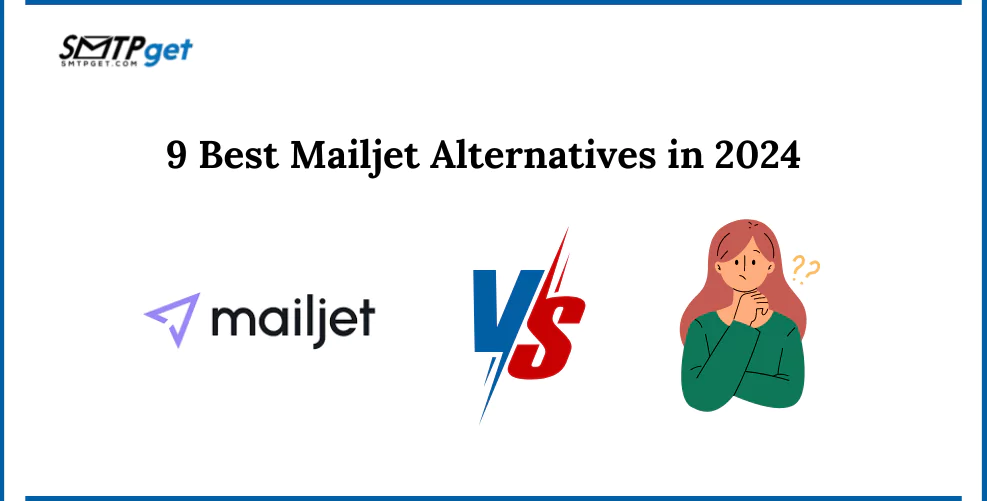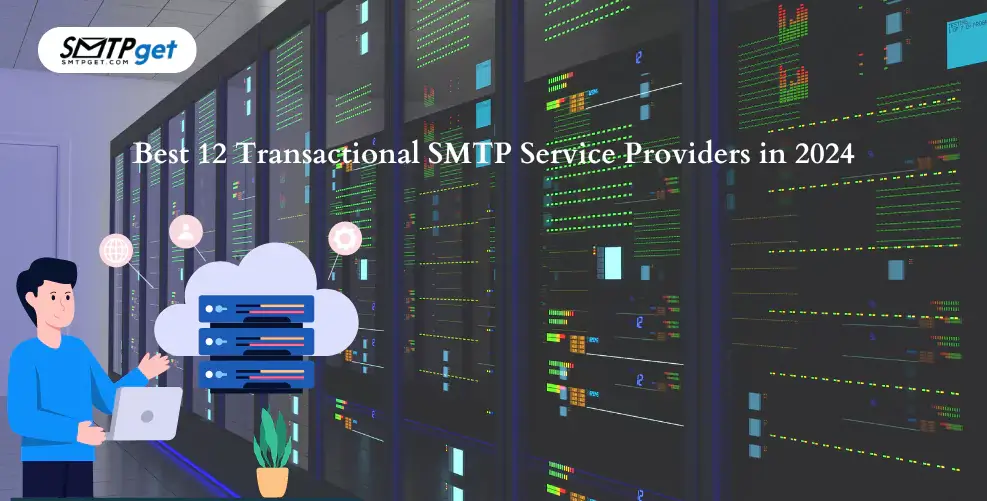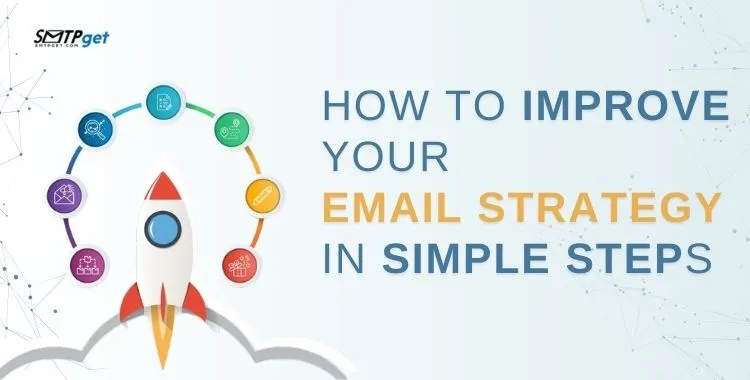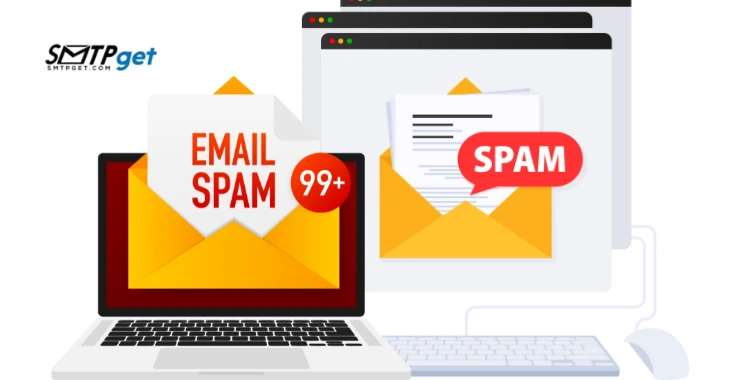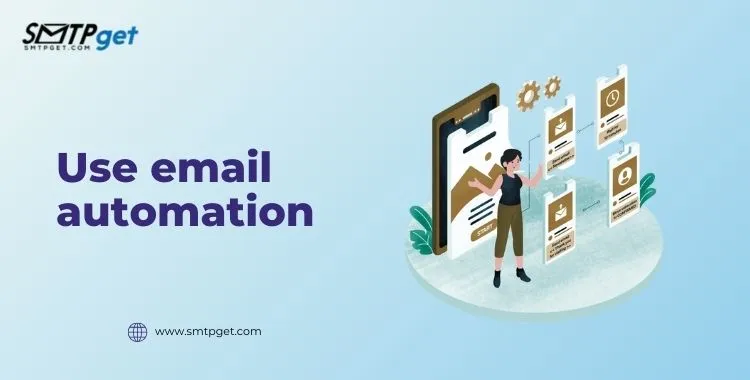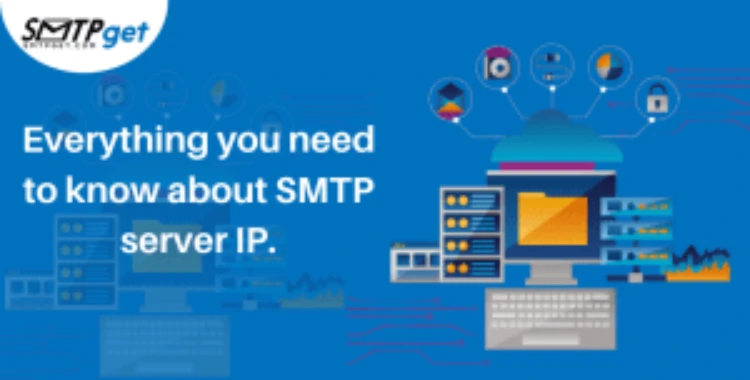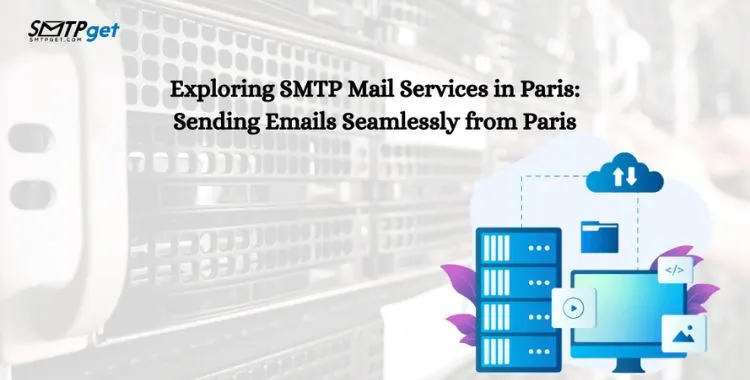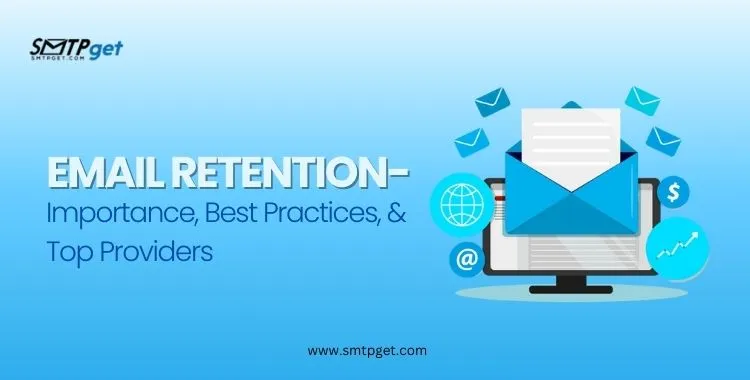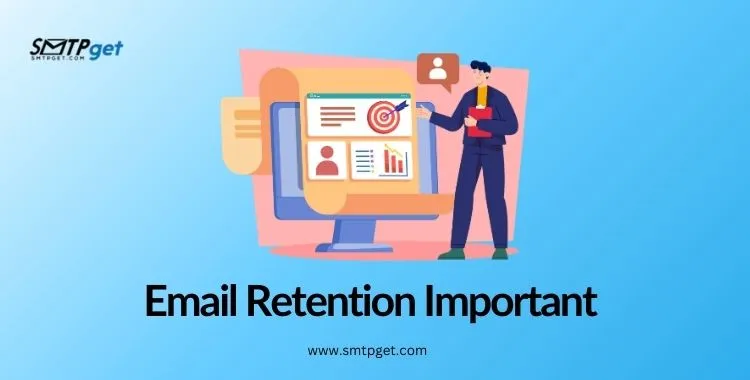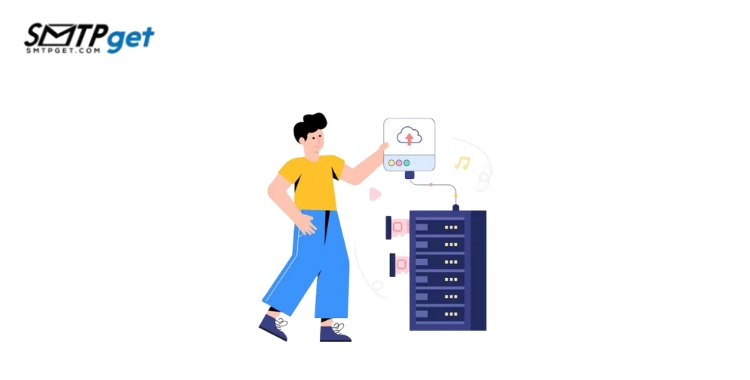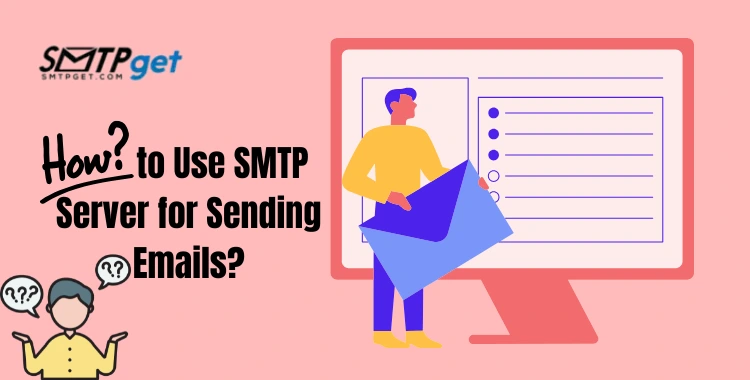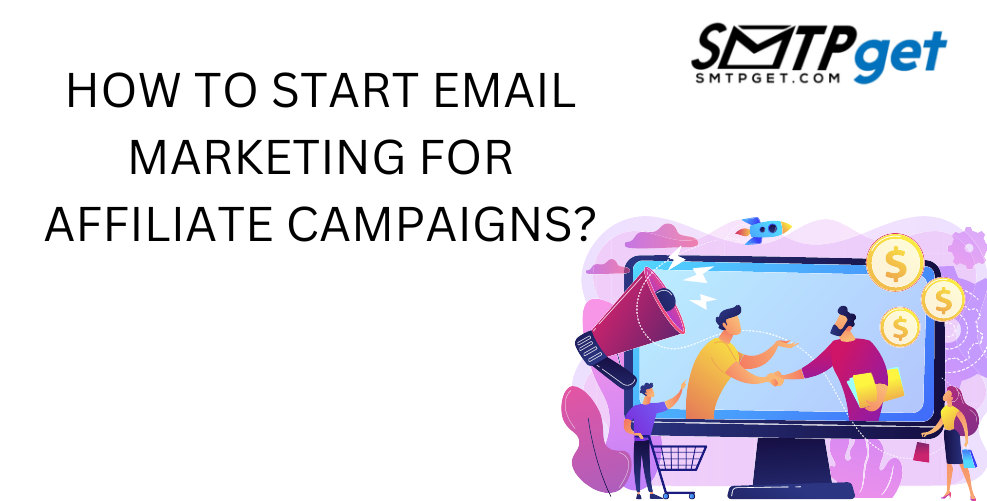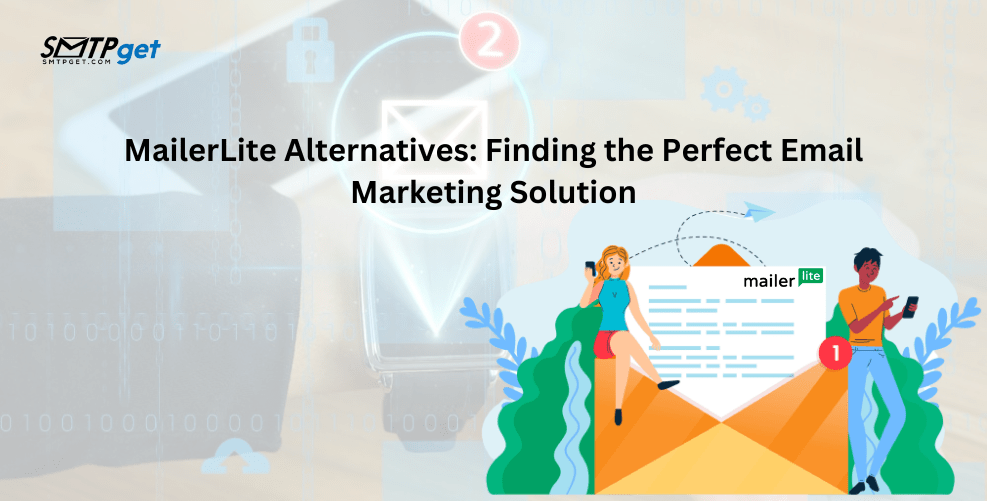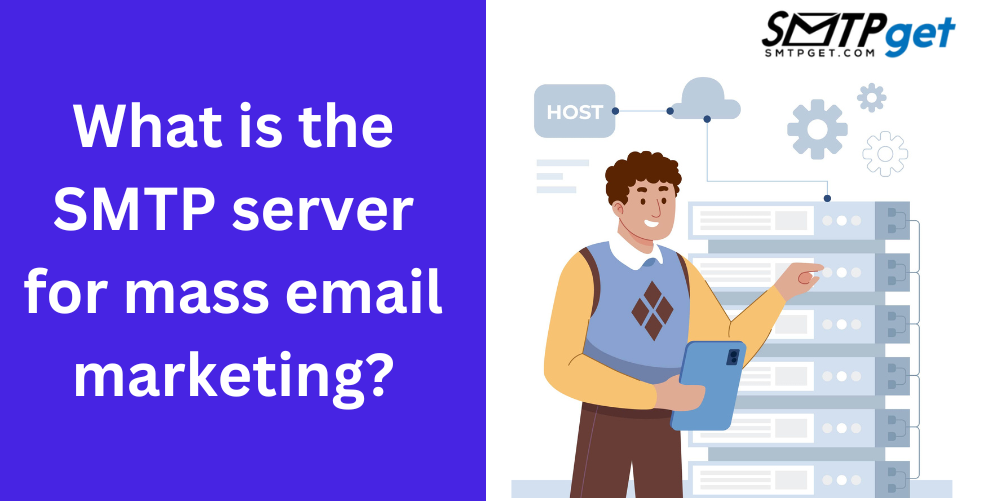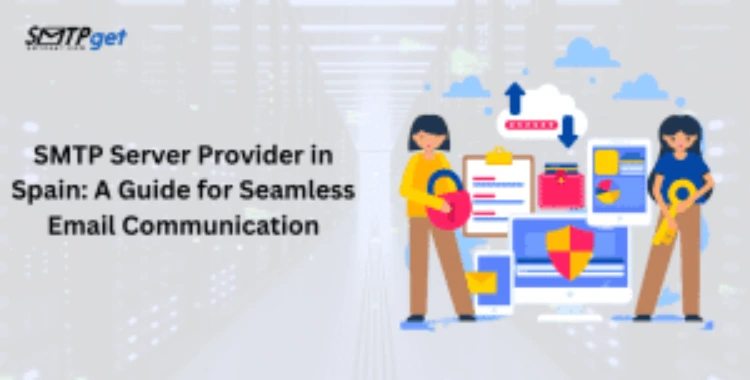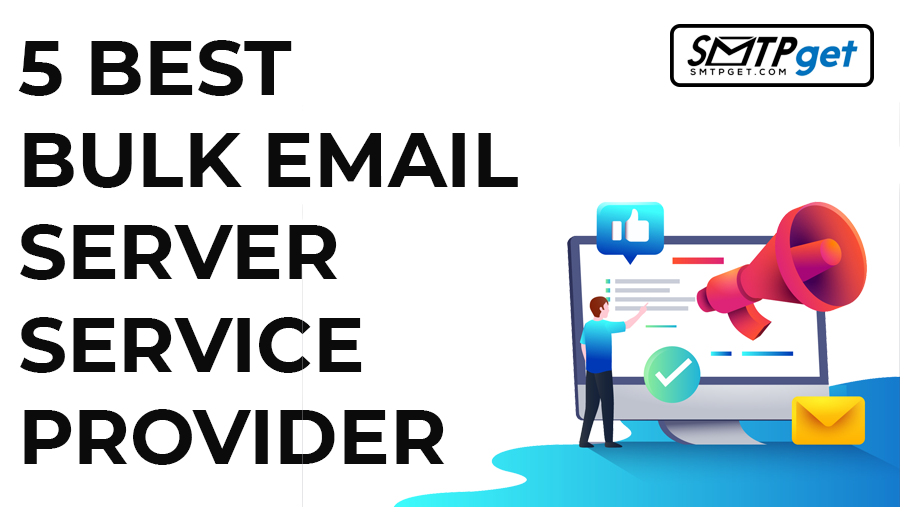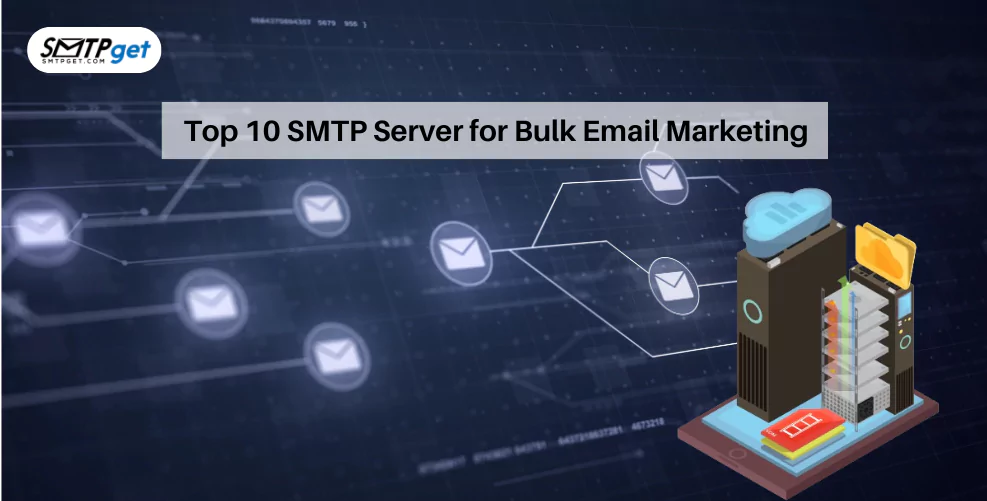21 Best Cold Email Templates for Real Estate to Generate Leads Fast21 Best Cold Email Templates for Real Estate to Generate Leads Fast
If you’re in the real estate business, reaching new clients is the key to success. Cold emailing is one of the best ways to reach new customers and grow your business. But here’s the catch: Real Estate Cold Email Templates need to be personal, relevant, and action-driven to get replies. And writing those emails from scratch can take a lot of time and effort. That’s why I’ve created this helpful guide filled with Cold Email Templates for Real Estate, specifically designed for lead generation, property promotions, follow-ups, and investor outreach.
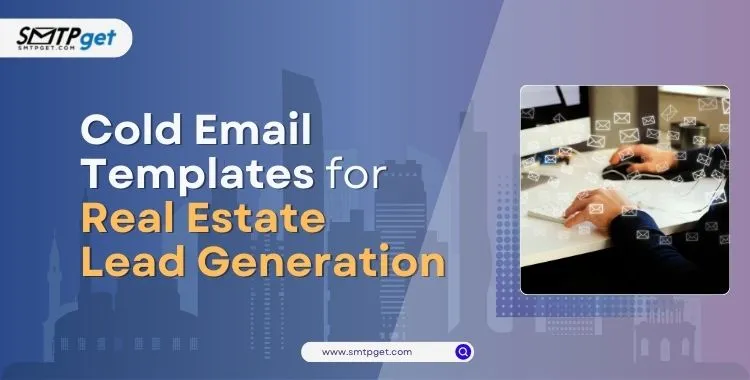
In this blog, I’ve added 21 best Real Estate Cold Email Templates. These emails are written for different real estate needs, like buying, selling, investing, and inviting people to open houses. You will also learn simple tips to make each cold email marketing template more personal and interesting. I have included tried and tested b2b cold email templates that many real estate professionals use to get new clients. You will also see some of the Best cold email examples that actually get replies.
Why Use Cold Emails in Real Estate?
Cold emails are messages you send to someone you’ve never spoken to before. They help you introduce yourself, your business, or a property. Many real estate agents and firms use Real Estate Cold Email Templates to get new clients.
Here’s why cold emails work in real estate:
- Low cost and easy to send
- Direct access to buyers or sellers
- Personalized messages build trust
- Great for networking and partnerships
Using a lead generation email template can save time and give better results. Let’s look at some Cold Email Templates for Real Estate that work.
Why Use Cold Emails for Real Estate Lead Generation?
Cold emails are one of the most cost-effective ways to reach new prospects. Instead of waiting for leads to come to you, you take the first step—offering value and starting a conversation.
Here’s why they work so well in real estate:
- They’re direct – You speak to the prospect one-on-one.
- They’re scalable – You can reach dozens or even hundreds of leads with personalized messages.
- They’re measurable – You can track opens, clicks, and replies to see what’s working.
- They support long-term success – Even if someone isn’t ready now, a good email keeps you top of mind.
By using the Best Cold Email Templates for Real Estate, you increase your chances of building trust, showing expertise, and generating real estate leads faster.
21 Best Cold Email Templates for Real Estate Lead Generation
These Top 21 Cold Email Templates for Real Estate can help you start more conversations, close more deals, and grow your business. Whether you are a new agent or a real estate firm, using smart and simple Real Estate Cold Email Templates can make a huge difference. Here I’ve created 50 cold email templates you can use for lead generation.
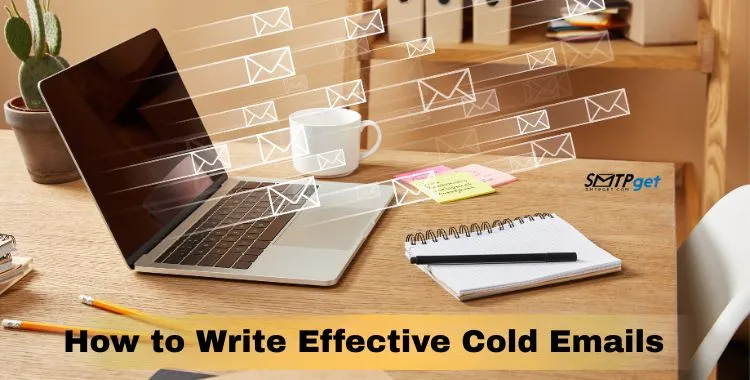
1. Introduction Email to a New Lead
Subject: Thinking of buying or selling in [City]
Hi [First Name],
My name is [Your Name], and I’m a real estate agent working in [City]. I help people buy, sell, and invest in properties. If you’re planning to make a move or just exploring, I’d be happy to assist.
Would you be open to a quick chat this week?
Thanks,
[Your Name]
[Phone Number] | [Website]
This is one of the Real Estate Cold Email Templates that only introduces you.
2. Follow-Up Email After an Open House
Subject: Thanks for visiting [Property Address]!
Hi [First Name],
It was great seeing you at the open house for [Property Address]. I hope you enjoyed the tour! If you have any questions or want to schedule another visit, feel free to reach out.
I’d love to help you take the next step!
Best Regards,
[Your Name]
3. Email to a Potential Seller
Subject: Thinking of selling your property?
Hi [First Name],
Are you considering selling your home in [Neighborhood/City]? I specialize in your area and have buyers actively looking right now. I can help you get top value for your property.
Would you like a free home evaluation?
Warm regards,
[Your Name]
This is one of the Best Cold Email Templates for Real Estate to start a selling conversation.
4. Property Recommendation Email
Subject: Found a great property for you
Hi [First Name],
Based on your preferences, I found a home in [Area] that might be perfect for you. It has [list key features]. Would you like to schedule a quick tour?
Let me know what time works best!
Cheers,
[Your Name]
A great lead generation email template when you want to share a listing.
5. Investor Outreach Email
Subject: High-return property investment options
Hi [First Name],
Are you currently looking for real estate investment opportunities? I have a few off-market deals in [City] that offer great ROI.
Would you like to receive a shortlist?
Looking forward to hearing from you,
[Your Name]
Perfect for b2b cold email templates when reaching out to real estate investors.
6. Email Offering a Free Home Valuation
Subject: What’s your home really worth?
Hi [First Name],
The market is changing quickly. If you’re curious about the current value of your property, I can send you a detailed, free home valuation report.
No pressure—just helpful information.
Warmly,
[Your Name]
This is a proven best Cold Email Template for Real Estate to attract sellers.
7. Neighborhood Market Update Email
Subject: Property prices rising in [Area]
Hi [First Name],
Did you know home values in [Area] have increased by [X]% in the last year? I’d be happy to send you a quick market update for your neighborhood.
Would you be interested?
Best regards,
[Your Name]
A smart Cold email marketing template to offer value before pitching.
8. Referral Request Email
Subject: Know someone buying or selling?
Hi [First Name],
I truly appreciate referrals. If you know anyone planning to move or invest in [City], I’d be happy to offer them expert guidance and personalized support.
Thanks for thinking of me!
Sincerely,
[Your Name]
An excellent lead generation email template to grow your network.
9. Reconnecting With an Old Lead
Subject: Are you still in the market?
Hi [First Name],
We spoke a while back about your plans to buy/sell. Are you still interested? I’d love to help you find the right fit or get top value for your home.
Let’s reconnect!
Best,
[Your Name]
One of the Best cold email examples for re-engaging leads.
10. Email After a Missed Call
Subject: Sorry, I missed you
Hi [First Name],
I noticed I missed your call earlier. Would you like to set up a time to talk? I’m available [insert two time options].
Looking forward to connecting!
Cheers,
[Your Name]
Use this Real Estate Cold Email Template to keep the conversation going.
11. First-Time Buyer Email
Subject: Need help buying your first home?
Hi [First Name],
Buying your first home is exciting, but it can also feel overwhelming. I specialize in helping first-time buyers like you make smart and stress-free choices.
Would you like a quick guide to get started?
Best,
[Your Name]
This Cold Email Templates for Real Estate is perfect for new home seekers.
12. Upselling to Existing Clients
Subject: Ready for an upgrade?
Hi [First Name],
I hope you’re loving your current home. If you’ve been thinking about upgrading or relocating, I’d be happy to show you a few great options available right now.
Interested?
Warm wishes,
[Your Name]
Great for turning past clients into repeat customers.
13. Email Offering a Free Guide
Subject: Free guide: 5 Tips to Sell Your Home Fast
Hi [First Name],
Selling a home doesn’t have to be hard. I created a quick guide with simple tips to help you sell faster and at a better price.
Would you like me to send it to you?
Thanks,
[Your Name]
A Cold email marketing template that offers value.
14. New Listing Announcement
Subject: New home listed in [Area]!
Hi [First Name],
A brand-new home just hit the market in [Area]. It’s a [#]-bedroom with great features and priced at [Price]. I’d love to show it to you.
Can we set up a tour?
Cheers,
[Your Name]
Use this lead generation email template to promote listings.
15. Off-Market Opportunity Email
Subject: Exclusive off-market listings available
Hi [First Name],
I have access to some great off-market properties that haven’t been listed yet. They offer excellent value and won’t last long.
Interested in a sneak peek?
Best,
[Your Name]
Perfect for exclusive client outreach and b2b cold email templates.
16. FSBO (For Sale By Owner) Email
Subject: Help selling your home?
Hi [First Name],
I noticed your home is listed “For Sale by Owner.” That’s a big step! If you ever need help or want to explore agent support, I’d be happy to assist—no pressure.
Best regards,
[Your Name]
A powerful Real Estate Cold Email Template for finding seller leads.
17. After Showing Follow-Up
Subject: Thoughts on the home?
Hi [First Name],
It was great showing you [Property] earlier. What did you think? Would you like to explore similar options this week?
Let me know!
Kindly,
[Your Name]
Follow-ups are among the Best cold email examples for conversions.
18. Past Client Check-In
Subject: How’s your home?
Hi [First Name],
Just checking in—how are things going with your home? If you ever need anything real estate-related, I’m here to help!
Take care,
[Your Name]
Helps maintain relationships using Cold Email Templates for Real Estate.
19. Realtor to Realtor Collaboration Email
Subject: Let’s refer each other
Hi [First Name],
I’m always open to collaborating with fellow agents. If you have clients moving to [City], I’d love to assist, and I’ll happily refer any going your way.
Let’s connect!
Thanks,
[Your Name]
Ideal for b2b cold email templates in the real estate world.
20. Email About a Price Drop
Subject: Price dropped on a home you liked!
Hi [First Name],
Remember the home on [Street Name]? The price just dropped by [Amount]. It might now be the perfect time to take another look.
Want to schedule a visit?
Warmly,
[Your Name]
Great for quick client actions and lead generation email template use.
21. End-of-Month Special Email
Subject: New deals available this week
Hi [First Name],
Some exciting new properties and deals just came up this week. If you’re looking to make a move before the month ends, now’s a great time.
Want me to send you the list?
Best,
[Your Name]
This Cold email marketing template creates urgency and interest.
What Makes the Best Real Estate Cold Email Template?
Before jumping into the email templates, let’s quickly understand what separates a great cold email from one that gets ignored.
Here are some essential qualities of a lead generation email template that works:
- Clear subject line – Short, specific, and curiosity-driven
- Personalization – Use the prospect’s name, location, or interests
- Value-driven message – Give them a reason to keep reading (like a market update or exclusive listing)
- Call to action – Ask a clear question or invite them to take the next step
- Professional signature – Include your name, title, and contact details
When you use well-crafted best Cold Email Templates for Real Estate, you don’t just sell—you build trust and open doors for business conversations.
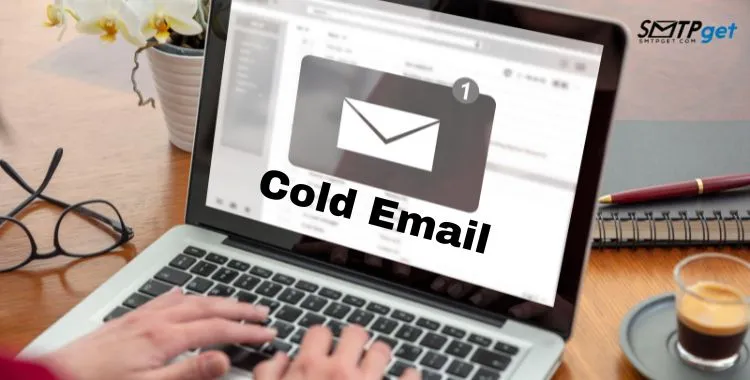
Who Can Use These Templates?
These Real Estate Cold Email Templates are ideal for:
- Independent real estate agents
- Realtors working for agencies
- Real estate investors
- Property developers
- Lead generation companies
- Marketing teams in real estate firms
Whether you’re focused on buyer leads, seller outreach, or investor relations, these email examples cover every angle.
Conclusion
Using the right Real Estate Cold Email Templates can help you connect with new clients, grow your business, and close more deals. These Cold Email Templates for Real Estate are made to save you time while getting better responses. Whether you’re looking to sell, buy, invest, or build partnerships, these lead generation email templates give you a strong starting point.
By personalizing each cold email marketing template, you can make your message more human and build trust. These templates are not just words—they are tools that real estate professionals use every day to reach their goals. When you use the Best Cold Email Templates for Real Estate, you are not just sending messages—you are starting real conversations.
Don’t forget to review the Best cold email examples listed in this blog. They show you how to write smart emails that actually get replies and leads. Start using these templates today and see how they help your business grow.
Frequently Asked Questions (FAQs)
Here are some frequently asked questions to help you better understand how to use cold email templates effectively in the real estate business.
1. What are Real Estate Cold Email Templates?
These are pre-written email messages used by real estate agents to connect with new leads or clients.
2. Why should I use Cold Email Templates for Real Estate?
They save time, help you stay professional, and improve your chances of getting replies from leads.
3. Can I use these emails for both buyers and sellers?
Yes! The templates are designed for different real estate goals—buying, selling, investing, and more.
4. How do I personalize a cold email?
Use the person’s name, location, and specific property needs to make your email feel more personal.
5. Are these lead generation email templates effective?
Yes, when used correctly, they can help you generate more real estate leads and close more deals.
6. What makes a good cold email marketing template?
A good cold email has a clear subject, personal message, useful information, and a strong call to action.
7. Who can use these b2b cold email templates?
These templates are perfect for real estate agents, brokers, investors, and agencies.
8. How often should I send cold emails?
Start with 1–2 emails per week per lead, then follow up if they don’t respond.
9. Are these the Best Cold Email Templates for Real Estate?
Yes, they are designed based on the Best cold email examples that work well in real estate marketing.
10. Do I need a special tool to send these emails?
No, you can send them using your regular email or a marketing platform if you’re sending to many leads.
